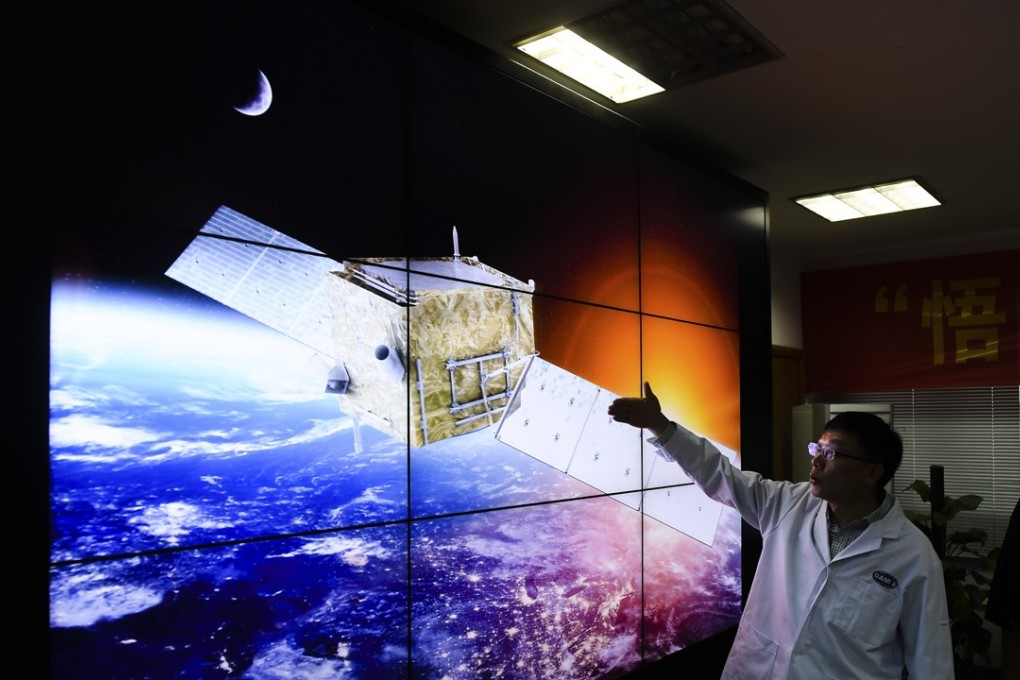How a Chinese space probe might have shed light on the mystery of dark matter
Chinese researchers say they might have found the first trace of the elusive material thought to make up 80 per cent of the universe’s mass

China’s latest research on dark matter – one of the great mysteries of astronomy and physics – has sparked the publication of nearly 30 scientific papers in less than a week as physicists around the world debate the significance of the findings.
The Chinese team has detected what may be the first trace of the mysterious substance, which scientists believe makes up 80 per cent of the mass of the entire universe.
Dark matter poses a challenge to researchers because it does not interact with light or any other part of the electromagnetic spectrum.
But the Chinese probe Wukong orbiting the Earth has found evidence from deep space suggesting that two bodies of dark matter collided about 320 light years away from our planet.
The Chinese researchers suggest that some dark matter particles were “annihilated” during the process, releasing a huge amount of energy in the form of electrons and positrons.
Some of these pairs were later detected by Wukong’s cosmic ray detector, producing an extremely faint flash of light.
